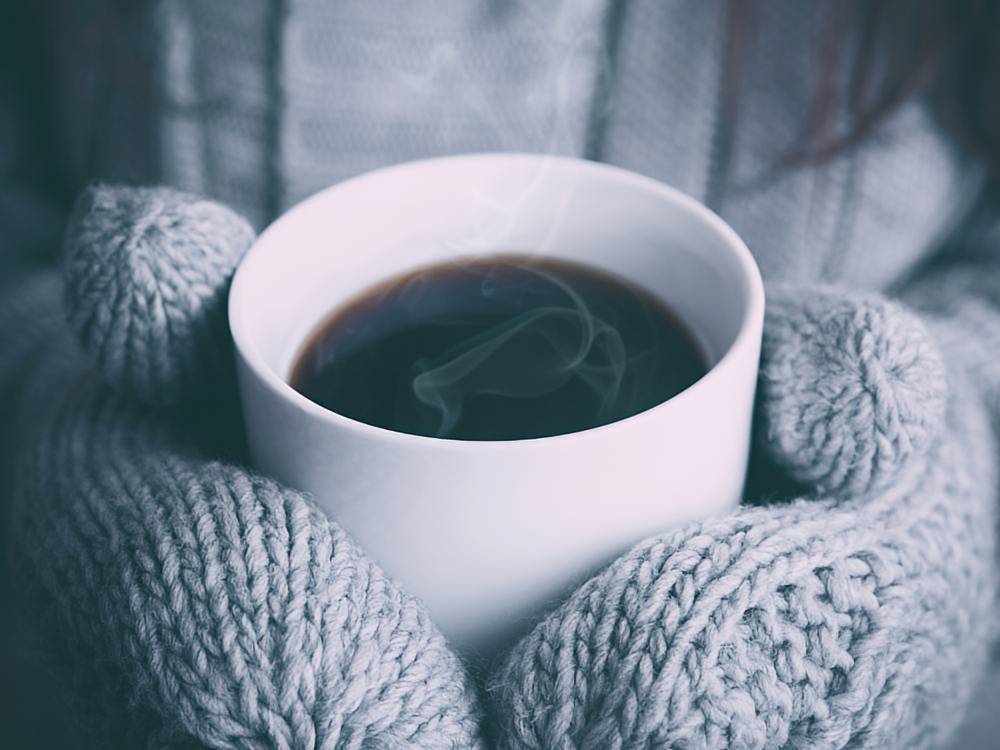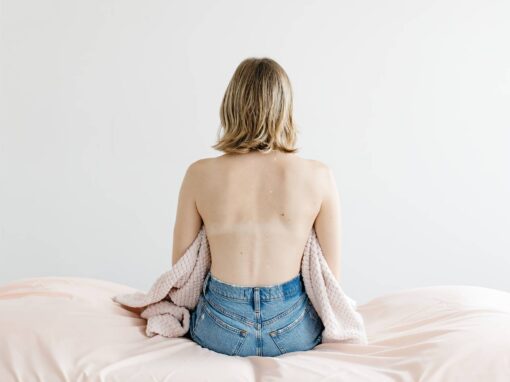In Traditional Chinese Medicine (TCM), “Cold Damp Bi Syndrome” is a type of musculoskeletal pain. It falls under the broader classification of “Bi Syndrome.” Symptoms such as joint pain, muscle stiffness, and a heavy feeling worsen with the invasion of cold and dampness into the body’s meridians.
During winter, the condition becomes particularly problematic due to cold weather, increased humidity, reduced activity, and inadequate clothing, all of which allow further penetration of cold. It can be related to arthritis, but this is not always the case.
Table of contents
What Causes Cold Damp Bi Syndrome?
Cold and dampness are considered the primary external pathogens causing this condition. They lead to an obstruction in the flow of Qi and Blood within the meridians.
This type of discomfort is characterized by Joint pain, muscle stiffness, heaviness in the limbs, swelling, fatigue, sluggishness, and a tendency for symptoms to worsen in damp and cold environments. Cold weather, increased humidity, and reduced physical activity during winter can further exacerbate the symptoms of Cold Damp Bi Syndrome.
How to Treat Cold Damp Bi Syndrome
Treatment typically focuses on warming the body and dispelling dampness. Using acupuncture and herbal medicine, we can promote Qi and blood circulation. Lifestyle modifications, such as wearing appropriate clothing and engaging in regular exercise, are also recommended.
Different Types of Bi Syndromes
Just as there are different types of arthritis diagnoses in biomedicine, there are many different types of Bi Syndromes in TCM. Understanding the different types of Bi Syndromes helps to identify their distinct causes and symptoms. Each type is linked to unique pathogenic factors, resulting in various manifestations of pain and discomfort in joints and muscles. This in turn helps us create the best treatment for our patients.
Wind Bi (Wandering Bi Syndrome)
Wind Bi is caused by wind and is characterized by soreness and pain of muscles and joints, limitation of movement, with the pain moving from joint to joint
Cold Bi (Aching Bi Syndrome)
Cold Bi is caused by cold, which leads to severe pain in joints or muscles with restricted movement. This condition is characterized by joint pain that worsens in cold weather and can be closely associated with osteoarthritis.
DAMP BI (Fixed Bi Syndrome)
Damp Bi is caused by dampness and is characterized by pain, soreness and swelling in muscles and joints. There is often a feeling of heaviness and numbness of the limbs. The pain is typically fixed in one place and is aggravated by damp weather.
Heat Bi
Heat Bi is characterized by pain and heat in the joints, which feel hot to the touch. This condition also includes redness and swelling of joints, along with limited movement and severe pain. It can be associated with rheumatoid arthritis.
Deficiency Bi
Deficiency Bi refers to a general lack of Qi and Blood, making the body more susceptible to invasions by external pathogenic factors such as Wind, Cold, and Dampness.
Blood Stagnation Bi
Blood Stagnation Bi is caused by a long-standing obstruction in the circulation of Blood, primarily due to external pathogenic factors and the presence of Phlegm. This condition results in a stasis of Blood, with the pain often described as stabbing.

TCM Lifestyle Tips
Incorporating Traditional Chinese Medicine (TCM) principles into your daily routine can significantly enhance your overall well-being and balance. Here are some practical tips derived from TCM, designed to help you stay healthy and comfortable.
Food Therapy
- Embrace warm and cooked foods like ginger, garlic, cinnamon, onions, and vegetables to nurture your body.
- Opt for soups and stews to nourish Qi, enhance circulation, and maintain internal warmth.
- In winter, limit cold drinks and raw salads to keep your body comfortable and balanced.
Clothing
- Dress Warm – covering the neck, lower back, knee, ankle, and feet. Those areas more often experience pain in the wintertime.
Exercise
- Promote Blood Circulation through activities like walking, yoga, tai chi, or qi gong.
How TCM Can Help Target Bi Syndromes
Acupuncture can help improve blood flow and warm the channels. Often, moxibustion is also used in conjunction with acupuncture to warm the joints and increase circulation.
Herbal Formulas Targeting Bi Syndromes
Relevant herbal formulas are generally grouped into the following categories:
- wind cold-damp bi
- blood stagnation bi
- cold bi, heat bi
- deficiency bi
- specific “back pain” bi
In general, Bi Syndrome often involves the presence of the three pathogenic factors: Wind, Cold, and Dampness, with one or two typically being more dominant. The treatment, therefore, focuses on expelling Wind, dispersing Cold, and resolving Dampness. Keeping your immune system strong will also help to dispel these pathogenic factors.
Some commonly used herbs in the formulas include Du Huo (angelica root), Fang Feng (siler root), and Rou Gui (cinnamon bark). Because each person is different, it’s best to consult with a TCM practitioner for acupuncture treatments or herbal formulas based on your pain and presentation!
No One Wants Achey Joints
You deserve to feel better! Head to our booking page and schedule your first appointment. If you’d like us to check your insurance benefits, we’d be happy to take care of that for you. Many insurance plans cover acupuncture as an adjunct therapy for mental health. Our acupuncture clinic in Washington, DC is in-network with CareFirst/BlueCross and Aetna.



